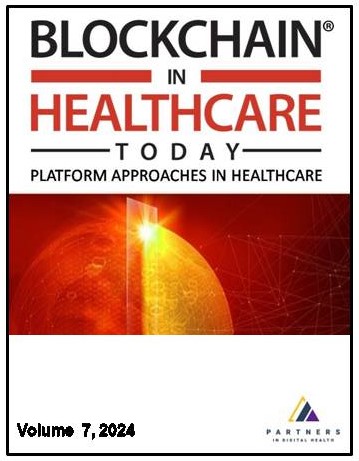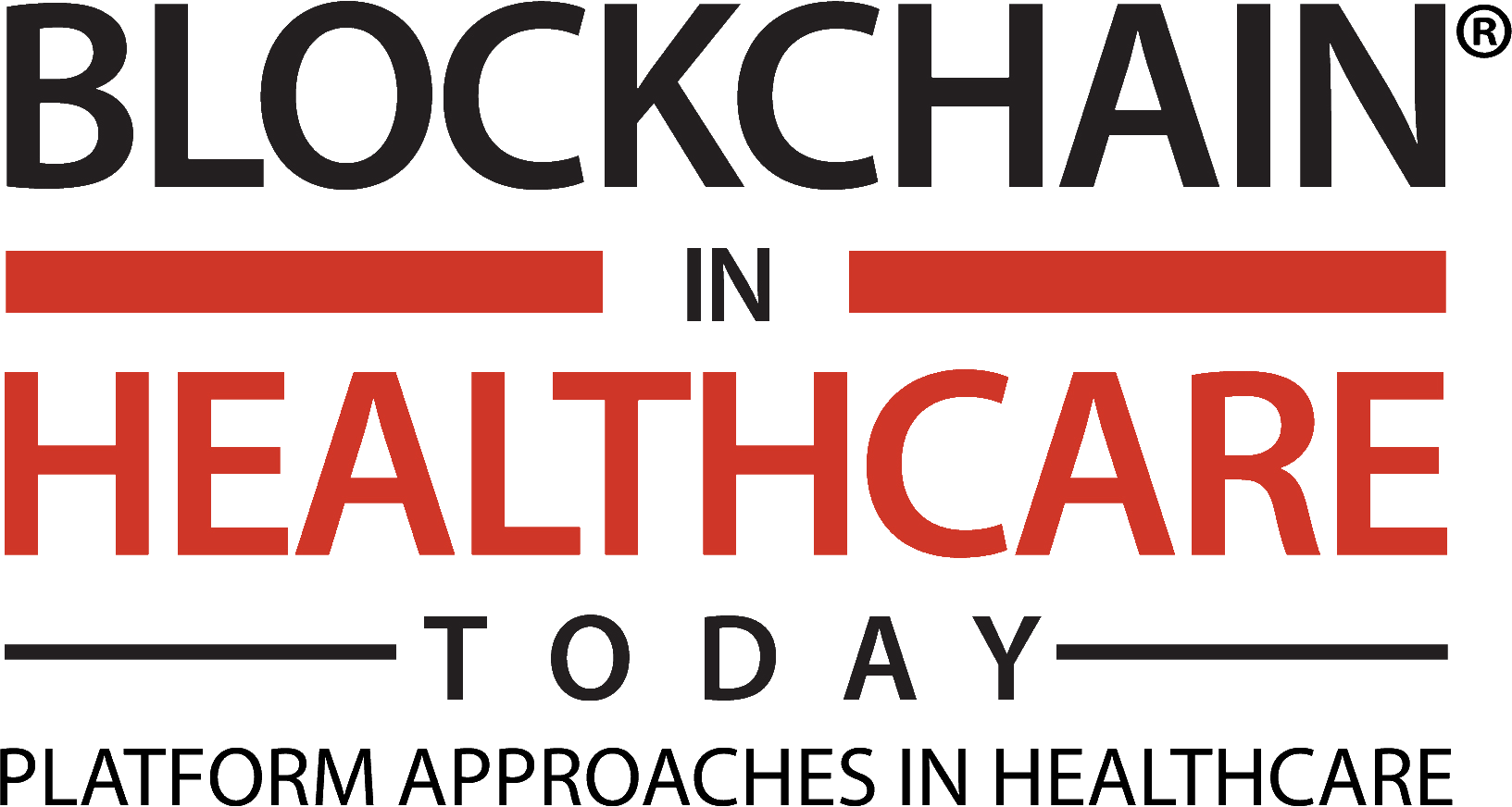
Additional files
More articles from Volume 6, Issue 2, 2023
Blockchain Technology Predictions 2024: Transformations in Healthcare, Patient Identity and Public Health
Problems with Medical Claims that Artificial Intelligence (AI) and Blockchain Can Fix
Accelerating the Worldwide Adoption of Blockchain Technology
Moving Beyond POCs and Pilots to Mainstream: Discovery and Lessons from Blockchain in Healthcare
Privacy-Conflict Resolution for Integrating Personal- and Electronic Health Records in Blockchain-Based Systems
Article views
Blockchain Technology Predictions 2024: Transformations in Healthcare, Patient Identity and Public Health
 ,
,
 ,
,
In an era characterized by the convergence of cutting-edge technologies, the world of healthcare and public health is on the brink of a profound transformation that will shape the future of medicine and wellness. This transformation is not merely an incremental step forward; it is a paradigm shift. It is driven by the synergistic integration of digital twins, blockchain technology, artificial intelligence (AI), and multi-omics platforms, collectively propelling us into uncharted territory. The integration of these innovations holds the potential to rewrite the rules of engagement in clinical trials, revamp the strategies for preventing public health crises, and redefine the way we manage, share, and secure healthcare data. As we embark on this journey of exploration and innovation, we find ourselves at a pivotal juncture, akin to the invention of the microscope in biology or the discovery of antibiotics in medicine. We are at the crossroads of a new era, one that teems with immense promise and transformative power.
Keywords
References
Citation
Copyright
This is an open access article distributed under the Creative Commons Attribution License which permits unrestricted use, distribution, and reproduction in any medium, provided the original work is properly cited.
Article metrics
The statements, opinions and data contained in the journal are solely those of the individual authors and contributors and not of the publisher and the editor(s). We stay neutral with regard to jurisdictional claims in published maps and institutional affiliations.

